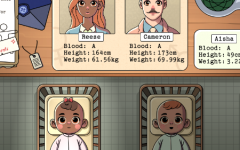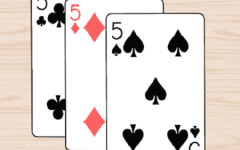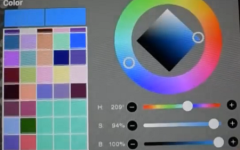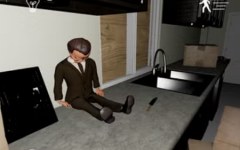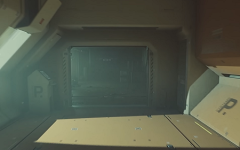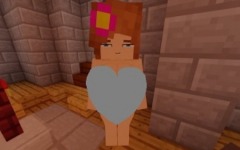Advertisement
Vortella Dress Up Unblocked
Advertisement

Vortella Dress Up Unblocked is an online styling game built around open access and structured customization. The player works with the character Vortella, organizing clothing and accessory combinations through a browser interface. Because the unblocked version requires no installation or login, it can be used freely in restricted environments such as schools or offices. The objective is to assemble full outfits using a systematic process of selection, testing, and adjustment.
Gameplay And Interface Layout
The gameplay in Vortella Dress Up Unblocked centers on the manipulation of categorized items. Players navigate through different clothing sections—tops, bottoms, footwear, and accessories—each operating as an independent group. A selected piece appears immediately on the model and can be removed or recolored at any time. The layout is built for efficiency, reducing the number of steps between selection and result. There is no story progression or score tracking; the experience focuses entirely on coordination and consistency.
Primary Loop And Player Tasks
Vortella Dress Up Unblocked follows a structured cycle that defines how players interact with its features:
- Browse the available wardrobe and choose desired items
- Modify hairstyles and adjust hair or clothing colors
- Add accessories such as glasses, hats, or jewelry
- Adjust tone alignment between multiple elements
- Save, download, or capture the final combination
This loop repeats across every session, allowing players to refine and reorganize their choices through iterative adjustments.
System Logic And Flow
The unblocked format of the game ensures accessibility while maintaining full functionality. Each wardrobe category works independently, avoiding data loss when switching sections. Controls remain identical across devices, supporting both desktop and mobile browsers. The interface promotes steady interaction without interruptions or load screens. The player moves between observation and action in one environment, transforming simple decisions into a rhythm of analysis and correction.
Concept And Application
Vortella Dress Up Unblocked demonstrates how structure can replace progression in a design-based experience. Its process-oriented format removes randomness, leaving space for logical experimentation. Every finished outfit becomes a product of sequential decision-making, repetition, and observation. The game operates less as entertainment and more as a framework for controlled creativity—showing that arrangement, alignment, and evaluation can form the foundation of digital interaction.
























































































































